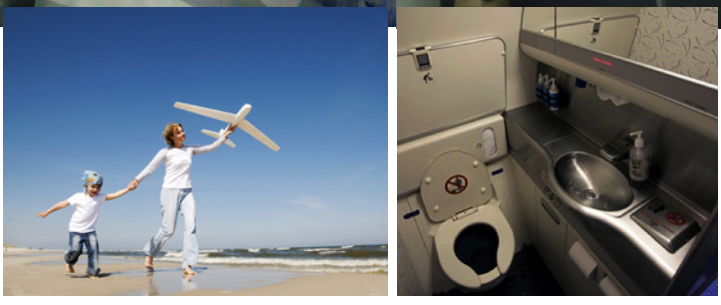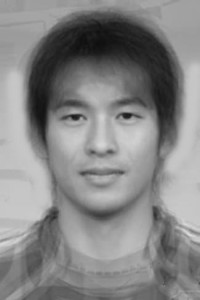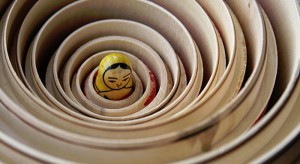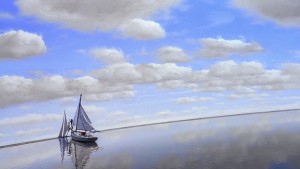The whole project originated from the story written based on the empirical research.
My empirical research place is the restroom on the airplane flying between Miami and New York. Most of the passengers were going to Miami for a nice and warm vacation escaped from the freezing and stressful New York.
Several elements attracted my attention:
It is a tiny compact space where you can find high tech design in this place solving human’s primitive’s problem. Ahah.
It’s private space in an airplane full of people. But when you enjoy your privacy looking in to the mirror seeing only you are in the room, the stains and waters on the floor keep reminding you they’re traces left by others.
It’s a place where you can relax while sometimes the airplane will meet the turbulence then you would be nervous. And, the turbulence come with on pre-caution.
So my story was built up. A guy named Alan Motoko, who travels on an aircraft moving ahead to a unknown paradise with no predicted arrival time. He, like anyone else on board, works to fuel the engine everyday, has an own small room (tiny like a restroom on an airplane) to sleep. Days go by, he start to have doubt for this journey. He doubted the realness of they journey and the destination. Finally he decided took a risk to see the truth, driving a small aircraft illegally. We don’t know the ending of his story, just like he doesn’t know the truth of the journey.
Full story PDF you can download here: Week 9 Story – Room by Yi
Actually the character Alan Motoko was a virtual character and I did a video project before, which echoes with this project. You can go to Vimeo watch the video. And here is his photo:
When I presented this story in Seminar, I turned off all the lights, leaving projection screen on while it’s showing a moving universes which is quite similar to what Alan would see through the small window of his tiny room. I read the story companied by the machine noise made by the aircraft.
Then later when I jumped into the garment design phase, I took inspiration from the story and have following elements:
Future / Past. It’s when and where the story happened, in the universe and in the future.
The uncertainty of truth. It’s an issue beyond time and space. It’s annoying to people, it keep keep confused and doubted about life. It also keeps people closers and closer to the truth while people were stimulated to find the truth in science and philosophy. However, people would never know the “true true”.
So for the materiality, I chose the vinyl, silicon, and cotton. I also planned to do a electronic devices in the garment.
Beside the future sense that vinyl and silicon can bring, I chose them based on two reasons: first one is they’re transparent; then they’re also not real fabric that can be made to cloth.
Cotton, I used cotton to bring out the nostalgia, which offers a sense of security and warm from visual sense and touch sense.
As idea developed, I decided to make something that can offer a shelter in this world which has an uncertainty of truth everywhere. The unknown, and the fake truth that made of conspiracy, make people like Alan to start to doubt life. It’s hard to find the truth, we would never know the truth we see is true or not. And on the way to fulfill all the challenges that life brings, we want to keep us in a shelter, just in a way that we will be in a raincoat when it is said by weather report that it’s going to rain.
And I made by collection plan: a rain coat, a rain mask, a pair of shoe cover.
As I would do small electronic devices on body, in my Seminar project, my research paper focus on the psychology of garments wearing, and human’s perception of wearable technology. The research sources I’ve found is mostly academic articles and journals. The keywords were mainly about: clothes, garments, wearable technology, perception, psychology, body.
Following are the citation list I might use:
Harvey, John. Clothes. Durham, GBR: Acumen, 2008. Accessed April 14, 2015. ProQuest ebrary.







